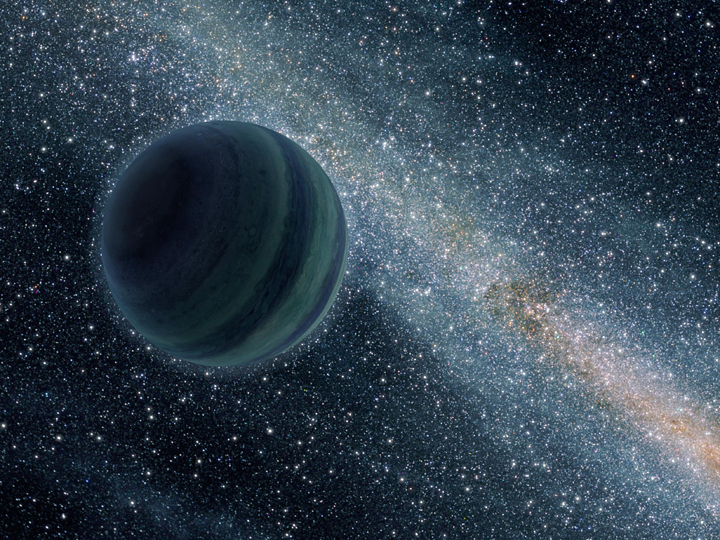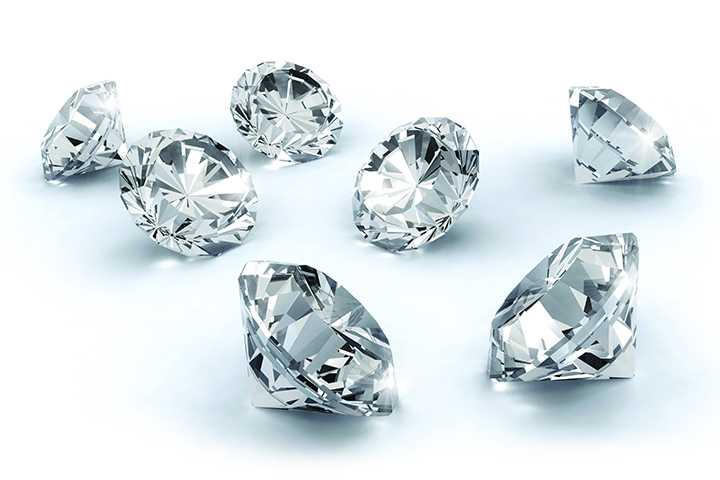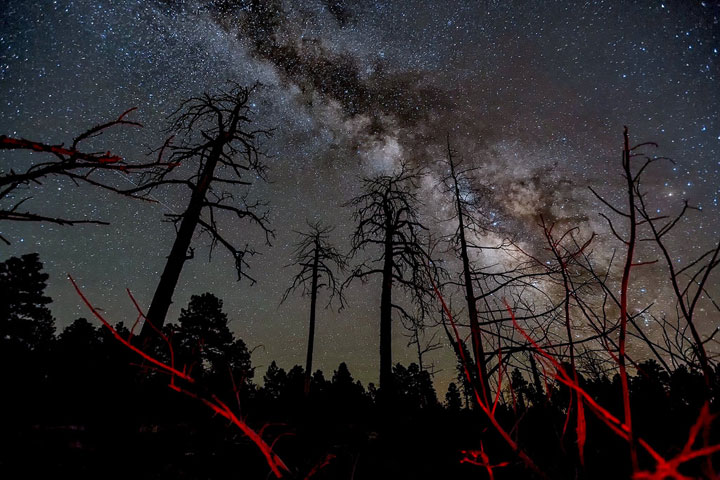They say that truth is stranger than fiction. And what’s true in our universe is bizarre. From planets made of diamonds to raspberry-smelling clouds of gas, we live in a pretty wild place. Here are just some of the things that might leave you scratching your head.

Our galaxy smells delicious (and tastes pretty good, too)
Have you ever wondered what space smells like? Probably not. But it turns out that at least some it would smell quite pleasant if we could actually smell anything at all in space.
In 2009, scientists from the Max Planck Institute for Radio Astronomy in Bonn, Germany, made an accidental discovery while looking for amino acids (the building blocks of life as we know it) in the Milky Way.

While analyzing a dense cloudy region in an arm of our galaxy, they discovered ethyl formate, the chemical that gives raspberries their flavour and rum its smell.
So the next time you eat a raspberry — or have a drink of rum — just close your eyes: you’re tasting our galaxy.
Diamond planets
While our own planet has a store of diamonds, we have to dig deep to get at them. But imagine living on a planet that is overflowing with them.
In 2010, astronomers published a study that suggested that 55 Cancri e, a planet 40 light-years from Earth, was abundant in Earth’s most precious mineral: diamond.
The star around which the planet orbits, is carbon rich. Carbon, of course, is the material of which diamonds are made. And, since planets and stars form from the same material, that means that the planet itself would be made of carbon.
But don’t get any ideas: even if we could get at 55 Cancri e, we wouldn’t want to visit: its surface temperatures can reach 2,150 C. And it turns out that’s what helps make it a diamond. It is twice the size of our own planet, and eight times its mass.
However, not everyone is convinced: in 2013, astronomers published a study that suggested that the planet may be wetter than we previously thought.
Even if 55 Cancri e isn’t as rich in diamonds as we thought, it’s not out of the realm of possibility that a star far more carbon-rich than 55 Cancri e could have a diamond planet orbiting it.
Antimatter
Fans of the original Star Trek series will remember a famous episode titled, “Mirror, Mirror,” where the crew of the Enterprise come across a universe where they encounter the opposite of themselves (even if you’re not a fan, you may have seen the image of a goateed Spock, aka the “evil” Spock).
It turns out that this is true of our universe.
The universe as we know it, is comprised of matter. But on the opposite end, there’s antimatter.
Antimatter was created during the Big Bang, the beginning of our universe. The sub-atomic particles of matter have properties that are the exact opposite in the form of antimatter.
Dark matter and dark energy
What you see isn’t always what you get.
Looking up at a dark sky — a truly dark sky — we can see billions of stars. Beyond that lies a hundred billion galaxies with billions of stars. Knowing that, it might seem like our universe is jammed packed. But it turns out what we are looking at is but a fraction of what is out there: a mere five per cent.
Instead, dark matter makes up about 27 per cent of our universe and dark energy makes up about 68 per cent.
The best thing is, astronomers don’t really know what these things are, hence the vague names given.
However, they know they’re there because of how they interact with our universe. Dark energy is affecting the expansion of the universe; dark matter, on the other hand accounts for unseen mass within and between galaxies.
Rogue planets
We know planets orbit stars. But surprisingly, there are planets that just meander their way through space.
These worlds, known as rogue planets, are surprisingly common. It’s believed that there could be billions of them in our galaxy alone.
The worlds are believed to have formed in a solar system, but somehow were flung out to space. They could also be left wandering space after a star explodes, throwing it out into space.
Though frozen, these worlds (since they have no star) are believed to have molten cores and perhaps even liquid water. And who knows? Possibly even microbial life able to live in such a frozen planet.






Comments